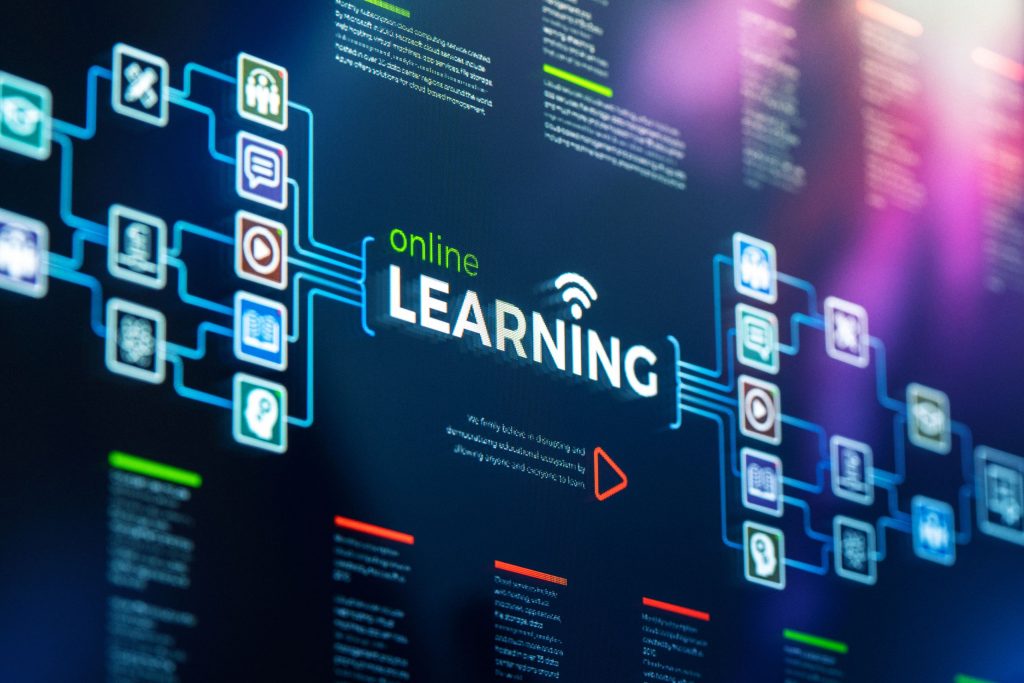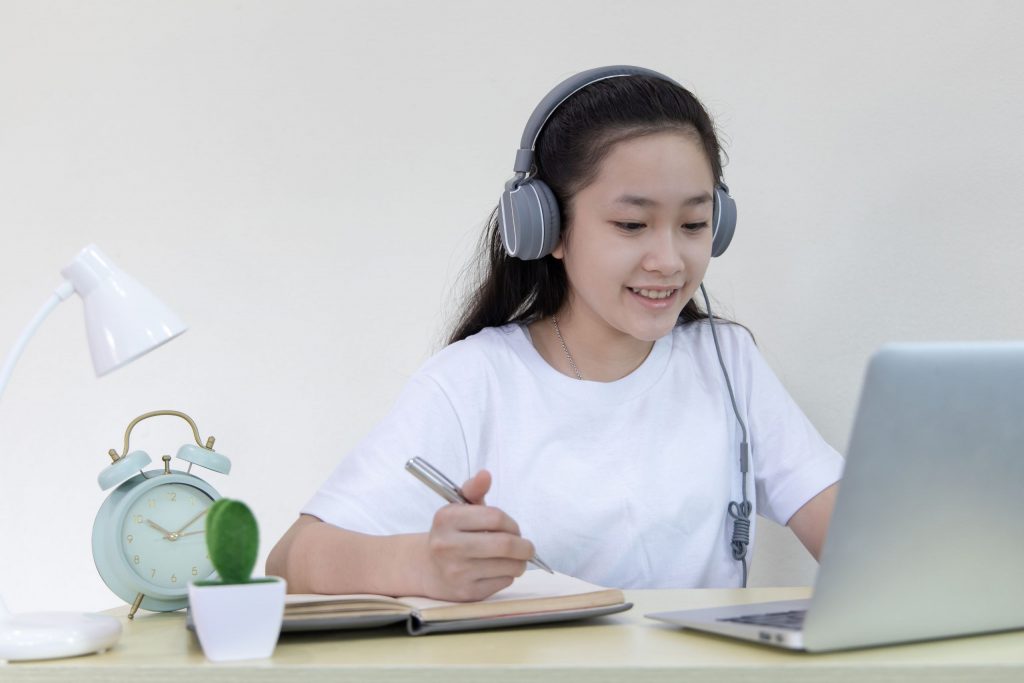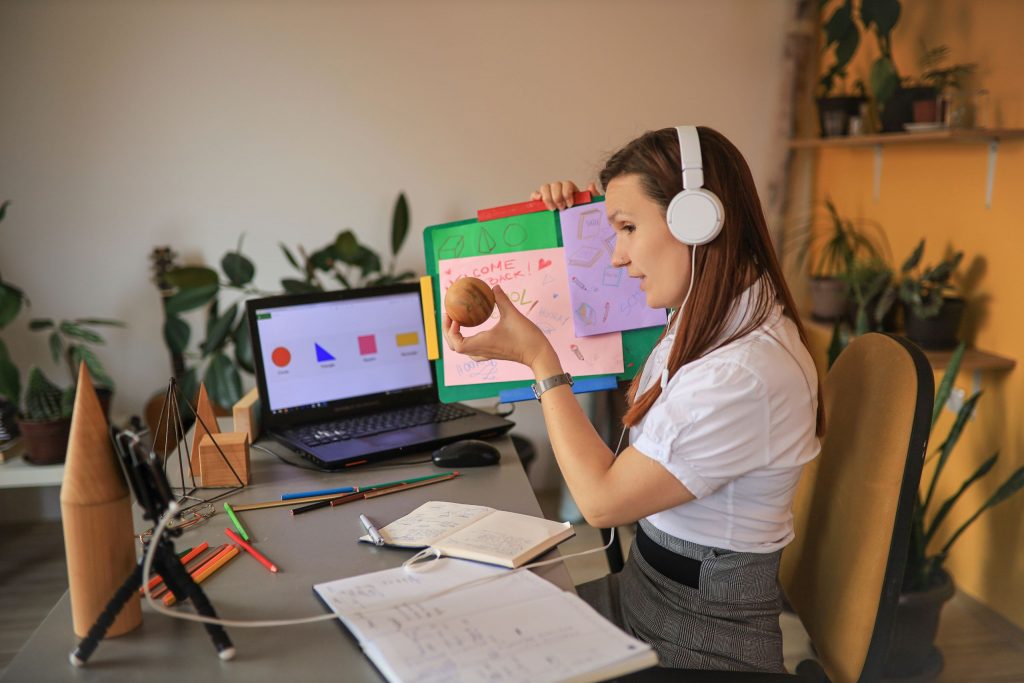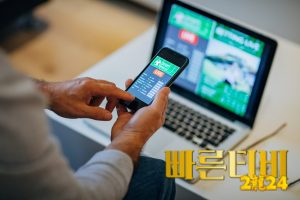The Future Of Online Learning: Key Trends And Exciting Innovations Shaping Education

Online learning has changed significantly recently and responded flexibly to the demands of a digital world. Particularly amid world crises requiring social separation that revealed the possibility for flexible and easily available learning options, the trend toward remote education sped forward. Institutions, professors, and students themselves embraced e-learning methods, therefore allowing a greater audience access to education. Growing need for tailored and specialized learning opportunities has pushed technology innovation including immersive learning environments and artificial intelligence. Among other forthcoming developments, micro-credentials, gamification, and hybrid models are likely to transform online learning moving ahead. These developments guarantee to increase student involvement, improve results, and meet various educational demands as the terrain changes, thus assuring that online learning stays a necessary element of the educational scene. As teachers negotiate this changing learning environment, the future presents fascinating opportunities for students as well.
AI-Powered Personalized Learning
Adaptive learning systems brought by artificial intelligence are transforming individualized education opportunities. These systems use artificial intelligence algorithms to customize instructional materials depending on particular requirements and personal development of every learner. Real-time performance of a student allows the system to modify resources, tests, and courses to guarantee best learning circumstances.
Customizing led by artificial intelligence has rather favorable effects. Students gain from a more engaged and interesting classroom where they may study at their own speed. This flexibility not only raises student inspiration but also produces better learning results. Students who struggle with certain ideas, for example, get more help and focused exercises; those who thrive may go through advanced material faster.
Moreover, AI customization helps students to feel responsible for their learning and to participate actively in their paths of development. Students grow in critical thinking and self-regulation as they get customized comments and suggestions. Customized learning driven by artificial intelligence is revolutionizing conventional educational models and producing more efficient learning environments for various student requirements.

The Rise of Microlearning and Bite-Sized Content
The popularity of microlearning reflects the changing needs of contemporary living, in which hectic schedules often restrict chances for conventional education. Given in reasonable quantities, short, targeted microlearning courses help students to connect with and recall materials more naturally. Bite-sized information lets individuals routinely examine content without feeling overburdled, therefore enhancing memory.
Microlearning is flexible enough to match many various learning environments and approaches. Short courses offered on smartphones for breaks, travel, or other free time let students use convenience to enhance their learning environment. This flexibility is rather helpful for supporting lifetime learning and ongoing education in many spheres, including business training, healthcare, and personal development as well as in assisting corporate training.
Microlearning becomes a useful solution for tackling these issues when knowledge needs grow and businesses change. It enables people to maintain their abilities current and relevant in an always shifting terrain by offering fast, readily digested material. In the end, the trend shows that education may be fun and effective, therefore encouraging continuous learning in a society moving ever faster.
Virtual Reality (VR) and Augmented Reality (AR) in Education
The growing use of augmented reality (AR) and virtual reality (VR) is changing the educational opportunities in many different spheres. VR simulators aid medical students to develop their practical skills by allowing them to perform operations and patient interactions in a risk-free surroundings. Virtual design and construction projects let engineering students see and control difficult constructions before they are ever built. AR offers immersive experiences in the arts that let students virtually perform or investigate and interact with historical art works.
These technologies provide practical training opportunities bridging the gap between theoretical understanding and actual implementation. Virtual reality and augmented reality help students to experiment and explore in a virtual environment, therefore promoting deeper knowledge and memory of material. They also accommodate several learning environments, hence increasing the inclusive and interesting nature of education.
The ability of VR and AR technologies to improve immersive learning experiences will increase as they develop, therefore providing students with unmatched chances for practical application in their areas of study. These cutting-edge technologies will transform the educational scene and increase the dynamic and influential nature of learning.
Collaborative Learning and Global Classrooms
Online technology had changed the area of education and motivated student worldwide interaction and collaboration. Virtual classrooms provide some students someplace to mix, share ideas, and engage in free of distance arguments. These digital environments let students from all backgrounds to collaborate on projects together, therefore using several points of view and experiences.
Global networks provide real-time communication that helps users easily organize activities or research initiatives. These sorts of encounters create awareness of cross-cultural concerns among students as well as enhance their academic performance.
International education has significant potential since it prepares ground for a more connected and educated society. The opportunities for relationships between colleges and students throughout the world will grow as technology develops. Access to a plethora of information and resources will help students more and more as it encourages creative answers to world problems. Collaborative learning is poised to deepen relationships among people in this changing terrain of education, therefore fostering a more inclusive and cooperative world internationally.

Conclusion
With developments in artificial intelligence, immersive virtual reality, and adaptive learning technologies improving personalizing and engagement, exciting trends and breakthroughs are changing online learning. These advances not only fit different learning environments but also guarantee that education is available to a larger audience, therefore removing social and geographical obstacles. The efficiency of online education greatly increases as interactive platforms and collaborative tools help students to develop a feeling of community, therefore optimizing information acquisition and making learning fun. Accepting the direction of online learning is essential as these developments will enable people to empower themselves, therefore improving both personal and professional development. Learners may look forward a more inclusive and powerful educational experience by making use of these transforming opportunities.






